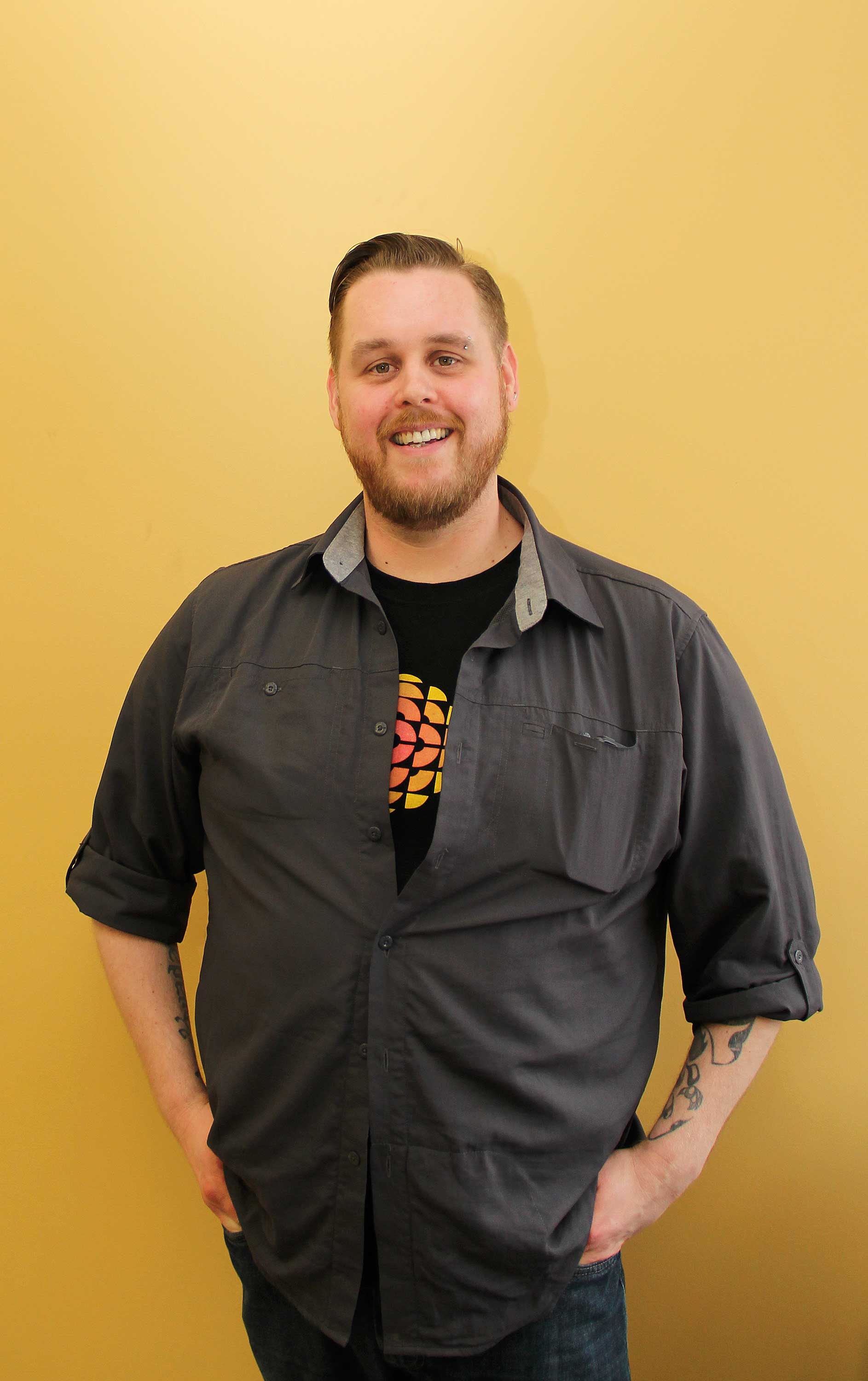Idle ‘know’ more


Unless you knew beforehand that Sonny Assu was Ligwilda’xw First Nation, you wouldn’t be able to tell. Assu admits that because he looks white, he has to struggle with the discourse of being half white. So when he’s presenting a selection of his work and how he mixes traditional native art with pop culture, it’s easy to see that discourse coming through. Assu has been an active Canadian artist for 11 years since graduating from Emily Carr University of Art and Design. From a young age, he has been interested in how his native ancestry is intertwined with his white identity and in becoming a graphic artist he sought to use that discourse to create relevant and exciting visual art.
Early in his career Assu created pieces taking common and popular brands of children’s cereal and redesigning them with native art styles and names to reflect current issues. One of the more poignant was a take on Frosted Flakes which he called Treaty Flakes in reference to the sordid history of treaties between the Canadian Government and Canada’s First Nations. The reason for Assu’s talk at Laurier on March 12 was his most recent set of pieces that are based off of the famous Barack Obama “Hope” posters from Shepard Fairey. These have been redesigned with Native Iconography and with slogans in tribute to the Idle No More movement.
The most thought provoking of these was captioned as “Idle ‘Know’ More,” which served to highlight a key point of Assu’s presentation. He criticized the idea of Canadian multicultural and accepting ‘utopia’ and spoke of all the ways in which the government has used its power to oppress the First Nations of Canada. Much of Assu’s work is centered on a particular facet of culture suppression called the Pot Latch ban. This was a law that made it illegal to practice a particular tradition called the Pot Latch. During this suppression which lasted 67 years, large amounts of cultural property were stolen from First Nations and all under the guise of assimilation.
It is events such as these that lead Assu to try and educate the public and have the idle know more. He sees a lack of knowledge in Canada’s true and controversial history. He wants the pursuit of the rights of First Nations to also bring about a general education on the tragedies of the past so that Canadians can move to a decolonized future. Assu’s work can be found at www.sonnyassu.com along with statements from the artist.

